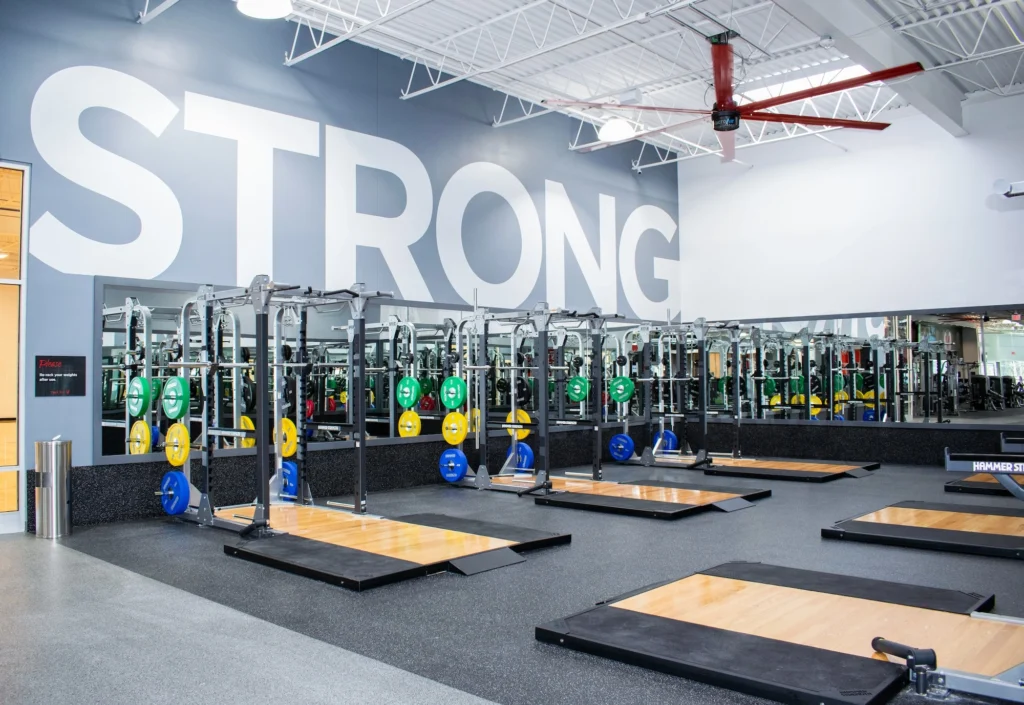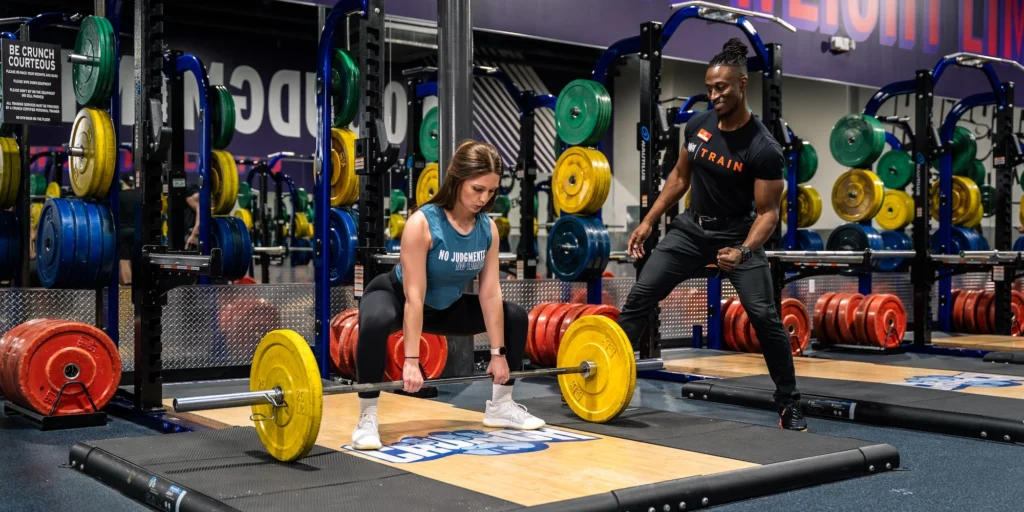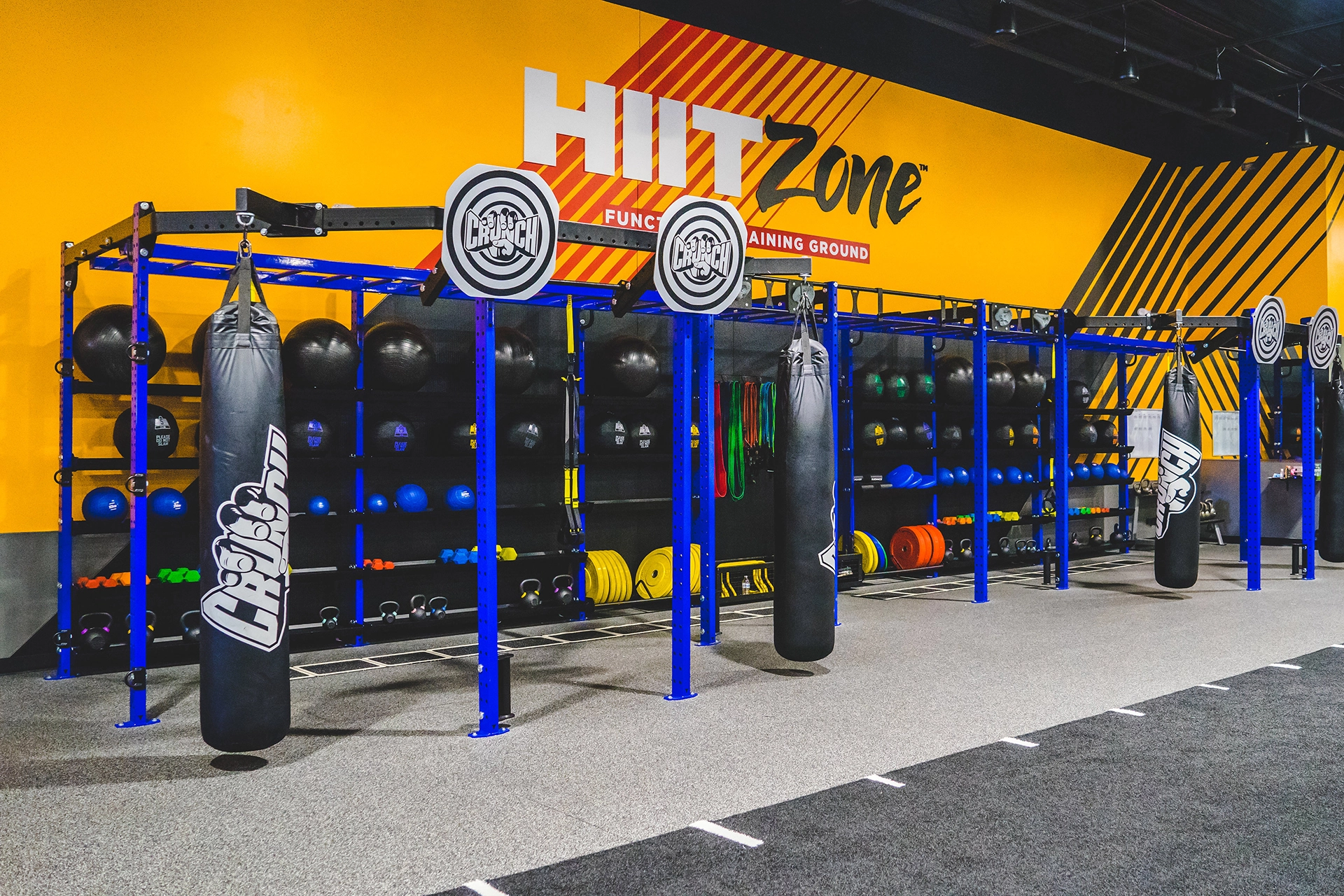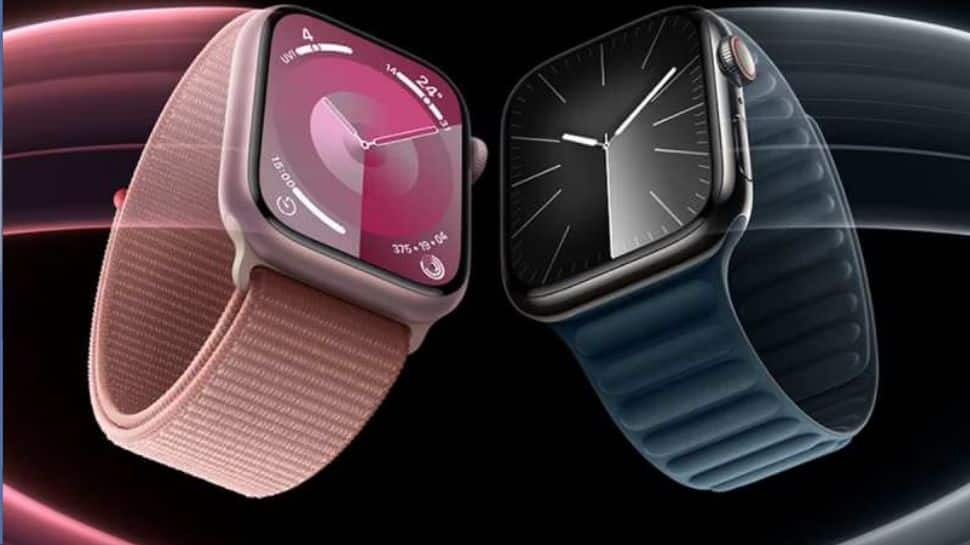Gen Z’s interest in fitness should grow the overall market for high-value, low-price (HVLP) gyms in the years ahead, analysts say
The Gen Z fitness boom is here, and low-price gyms figure to be among the biggest beneficiaries.
According to a research note from TD Cowen, Gen Z is expected to expand the market for high-value, low-price (HVLP) gyms in the years ahead, leading to even more growth for the red-hot category.
Personal training is also likely to drive growth for HVLPs – again, thanks in part to Gen Z.
Gen Z Loves Gyms, Especially HVLPs
Gen Z might not be the most active generation of all time, but the Gen Z-ers who are active tend to love going to the gym, data has shown.
“Longer-term, Gen-Z’s focus on fitness should grow the addressable market despite greater competition,” TD Cowen analysts Max Rakhlenko and Amanuel Seife wrote in a research note that was based on a panel discussion featuring executives from HVLP chain YouFit Gyms and CR Fitness, the top franchisee in the Crunch Fitness system.
“Both operators pointed to a study which cited that 38% of Gen-Z have a gym membership vs. 25% for all age groups,” Rakhlenko and Seife noted.
To win over Gen Z consumers, HVLPs are investing in adding strength training equipment, turf areas, group fitness classes and recovery modalities, all of which are highly popular with young gym-goers.
According to TD Cowen, YouFit president and chief operating officer Josh Rider estimated that the cardio mix at YouFit clubs is now under 40%, with strength taking the lead. Other HVLP gym brands are making similar moves, including category leader Planet Fitness, which has made a big push to add more strength equipment.
“Importantly, shifting to strength and functional training is economically advantageous as it is cheaper,” the analysts wrote.

Small Group Classes, Personal Training On the Rise
Personal training is also on the rise at HVLP gyms. Here again, operators might want to thank Gen Z, at least in part. Gen Z is highly interested in small group fitness classes, which could serve as a gateway to personal training.
“Small group workouts remain a growing part of new gym models as younger gym goers look for community in their fitness experience,” the TD Cowen analysts wrote.
As more and more Gen Z-ers engage in small group classes, there’s hope that they’ll decide to also purchase personal packages, which is a key revenue driver for clubs.
YouFit reported that it’s seen a 10% conversion rate from group classes to personal training, according to TD Cowen. Overall, both YouFit and CR Fitness reported that they’re seeing a strong year-over-year growth in new sign-ups for personal training (so much so that YouFit has removed childcare rooms and converted them into personal training facilities).
“The growth is attributed to strong execution anchored on proper compensation structures for staff, diligent assessments bookings, and less ‘sales-y’ tactics,” the analysts wrote.

If Congress passes the PHIT Act, which would allow Americans to use pre-tax HSA and FSA funds on fitness expenses, personal training sales could really blow up.
“Having specific funds available for personal training would be the next catalyst for growth,” Rakhlenko and Seife wrote.
What the Rise of HLVPs Means for the Gym Industry
The TD Cowen report is the latest bit of good news for HVLP gyms, which offer everything from saunas to group fitness classes to massage equipment for prices that typically range between $10 and $30/month, making them attractive to young fitness consumers, especially amid recession fears
Private equity firms are betting big on the future of HVLPs: in April, Leonard Green & Partners acquired a majority stake in Crunch Fitness, a fast-growing HVLP brand with over 500 locations. The value of that deal wasn’t disclosed, but reports said Crunch was being valued at around $1.5 billion.
Last month, TSG Consumer Partners acquired EoS Fitness, an HVLP chain with over 175 locations open or in the pipeline. That deal came on the heels of a report that EoS had been exploring a sale valuing the company at around $1 billion, including debt
The rise of HVLPs isn’t good for the entire gym industry, though. Mid-priced gyms, which typically charge between $40 and $70/month for a membership, are finding it increasingly hard to differentiate themselves from HVLPs in terms of equipment, amenities and overall member experience. As a result, experts expect to see some mid-priced clubs get swallowed up by HVLPs in the years to come as the fitness industry consolidates around fewer, but larger, gym brands.





























 + NBA draft lottery is CRUCIAL for 76ers
+ NBA draft lottery is CRUCIAL for 76ers  | First Take
| First Take




































